I had ambitious plans for my last day in London, and of course, they were way too ambitious. I thought I’d spend maybe four hours at the Tower of London and then I could go to either the National Gallery (one of my favorite London museums) or the Tate Britain (Maddy’s favorite museum which I haven’t been to).
From the very beginning, I failed to follow the plan. I wanted to get there at 9:30 because it opens at 10, but I read that they usually let people in a bit early. I had to pack my stuff up before heading out for the day because I was headed to the airport that night, so I didn’t leave even close to on time. I made it to the Tower around 11:30 and surprisingly still managed to beat the crowds. Maybe people were slowed down because of the dreary weather.
I didn’t know much about the Tower before I went, but now my brain is full. My gosh there’s a lot of history in that place. Here’s where I attempt to summarize masses of information and not bore you to tears…
The White Tower, the central structure in the Tower of London complex, was the first structure built in the mid-11th century by William the Conqueror. He believed that he had a rightful claim to the throne of England, and when it was given to another, he and his army successfully invaded from Normandy. He was declared king in 1066. As a show of his power and in an attempt to intimidate the Londoners, he ordered the construction of the 90-foot-tall tower (with 15’ wide walls!!) which would have been, by far, the tallest building they’d ever seen.
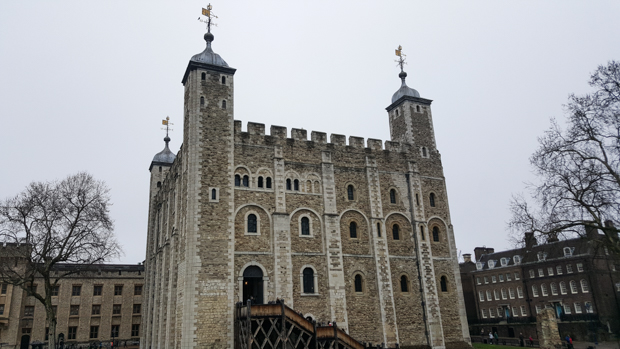
During its early years, the Tower was used as a royal residence and prison for wealthy and high-profile people. Many of the kings were afraid of the people, making the idea of living in an easily-defensible castle very appealing. It did a decent job of keeping people out and a much worse job of keeping people in. In fact, the very first prisoner, Bishop Ranulf Flambard, escaped! As the legend goes, he organized a bit of a party for his guards, got them drunk on wine, and snuck out using a rope that was smuggled in at the bottom of the wine container. He wasn’t the last person to escape either… others successfully bribed the guards to help them out!
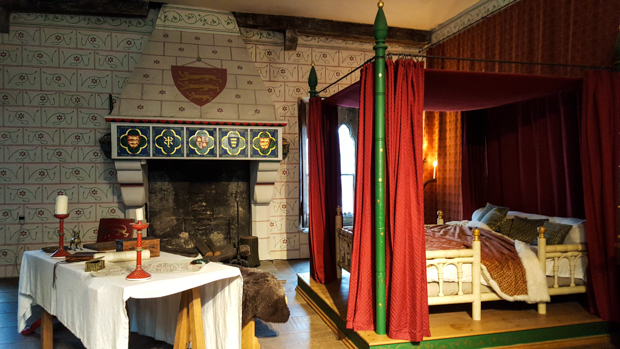
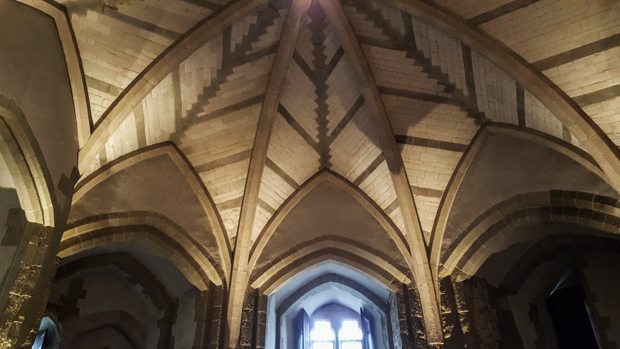
The Tower was expanded a few times. An inner ring of walls was constructed and was soon followed up by a second layer of walls, giving it 21 more towers and a moat. Generally, the monarchs who were most concerned with the upkeep of the Tower were the ones who were most disconnected from and fearful of their subjects.
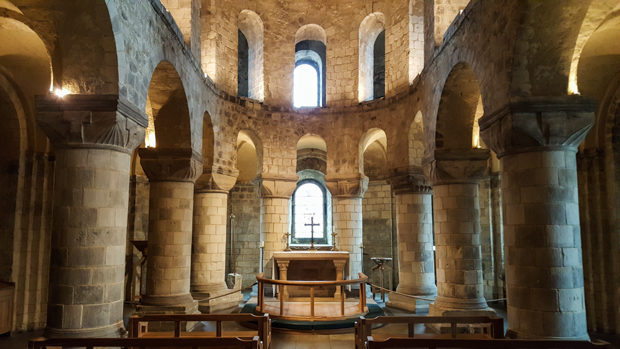


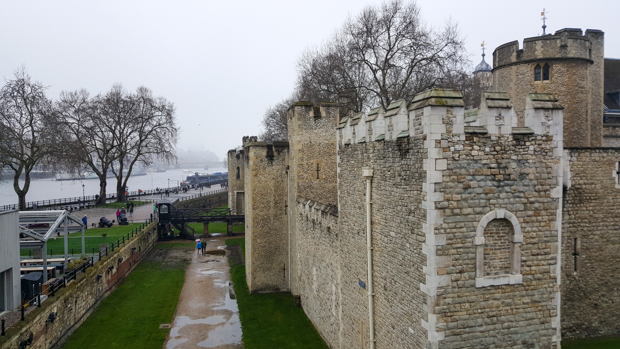

Starting in the 16th century, the Tower was less popular as a residence among the royals, and it transitioned into other roles. Mostly, it became known as a terrifying prison with horrible conditions and widespread torture. In reality, prisoners were still generally of high-status, were imprisoned for only short time periods, and with enough money, could live in comfort. Torture, while rare, did happen. There were less than 50 recorded incidents of torture at the Tower, but the methods were rather brutal. The most well-known method (though not often used) is probably the rack, where a person’s wrists and ankles are fastened and pulled in opposite directions, stretching the body and dislocating the joints. Another less-used contraption compresses the body by pushing down on the back of someone curled up with their shins on the ground. Others were put in shackles, sometimes hanging from the ceiling. One of the most famous people tortured at the Tower was Guy Fawkes who was part of a plot to blow up Parliament on 5 November 1605 (if you’ve seen the movie V for Vendetta, you’re probably familiar with his name).
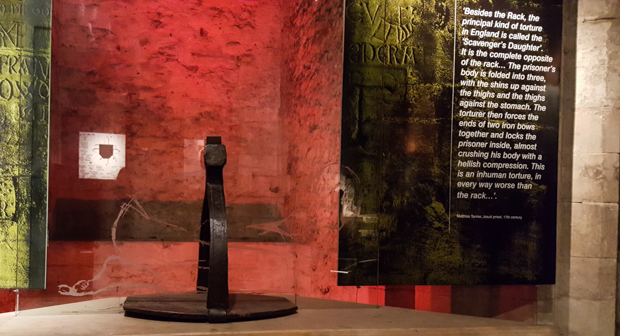

Many of the prisoners held in the Tower were eventually executed, either by hanging or beheading. The majority were taken to a nearby hill (Tower Hill) where their deaths were public spectacles. A select few were given the honor of being killed inside the Tower walls on Tower Green, including Anne Boleyn, the second wife of Henry VIII. Apparently, out of “kindness”, he hired an expert swordsman for her execution (to me, “kindness” is a strong word in this situation because he still had her killed…), ensuring that she would be successfully beheaded on the first strike. In other cases, it wasn’t uncommon for the executioner to have to take a few swings before hitting accurately enough to kill the person. That. Sounds. HORRIBLE. I read somewhere that executioners didn’t perform enough executions to become truly skilled (I guess that’s a good thing) and were probably a little drunk because how else could you do that job?
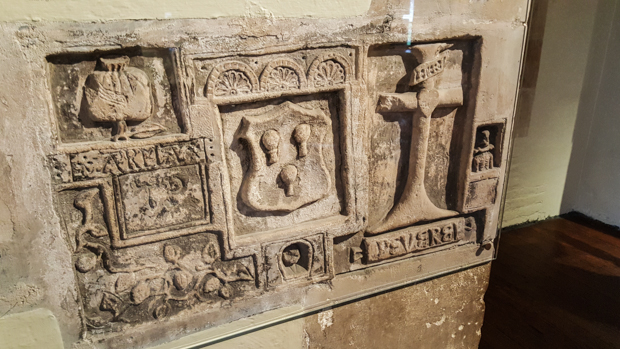

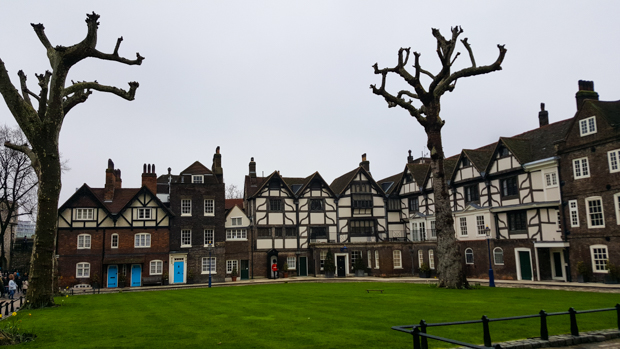

In the 1800s, the moat was filled in with dirt because the water was gross, and people were getting sick from it. The Tower was used to hold prisoners for the last time during WWI and WWII, and some were executed by firing squad within the Tower walls. The final execution was of a German spy in 1941.
Now, the Tower is mostly used for ceremonial purposes and is a huge tourist attraction. I’ll tell you about my visit in my next post…
